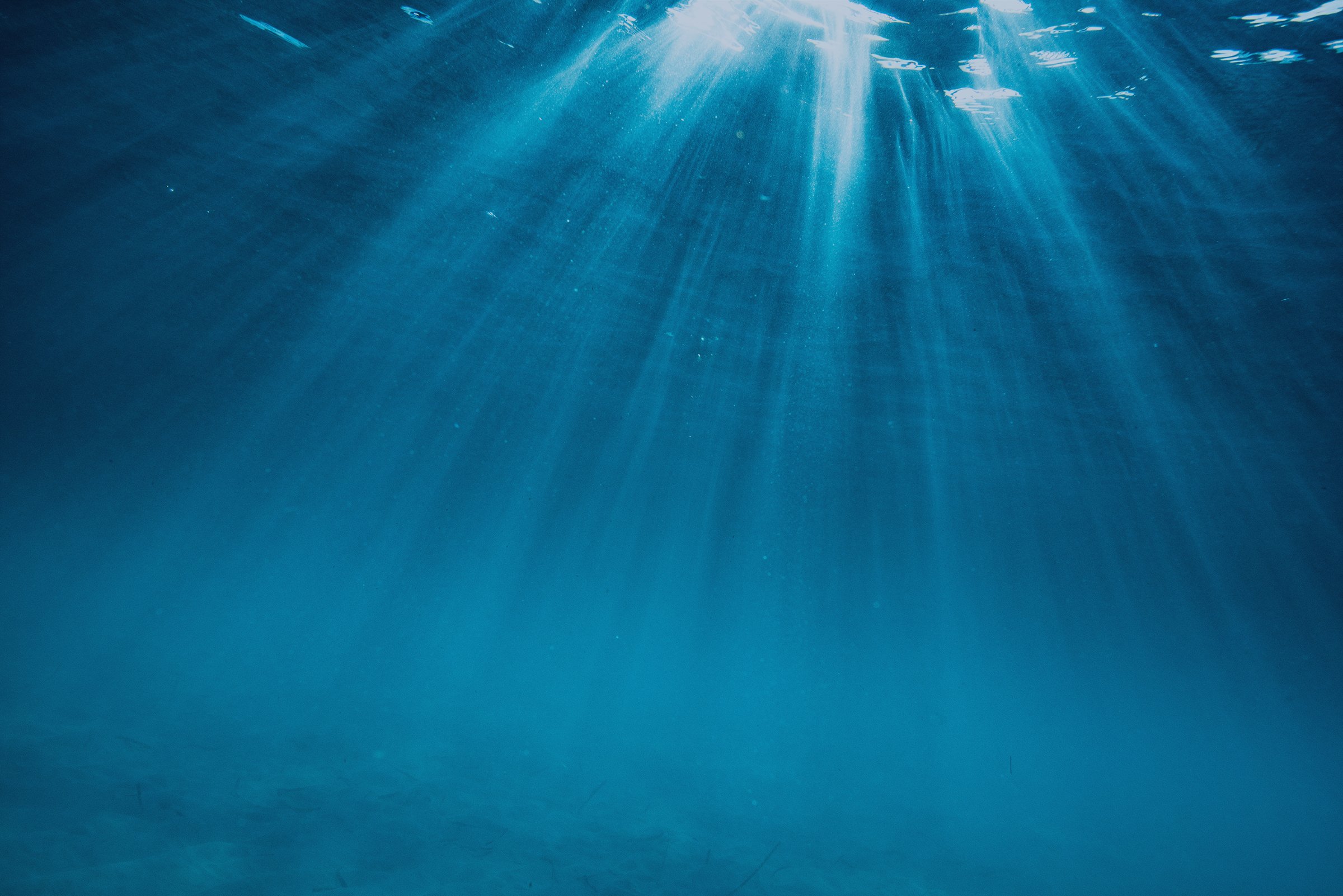
Water Column
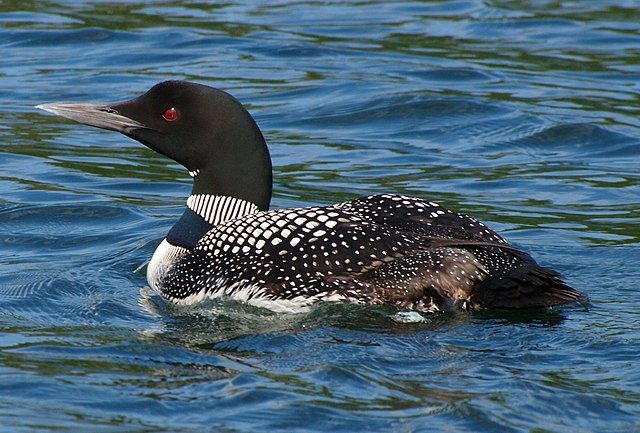
Common Birds of the Launch
Spring has finally sprung in the Adirondacks, and the air is once again filling with the sound of birdsong. While birds migrate back north and prepare their nests, we eagerly ready our boats and gear for another season out on the tranquil waters.
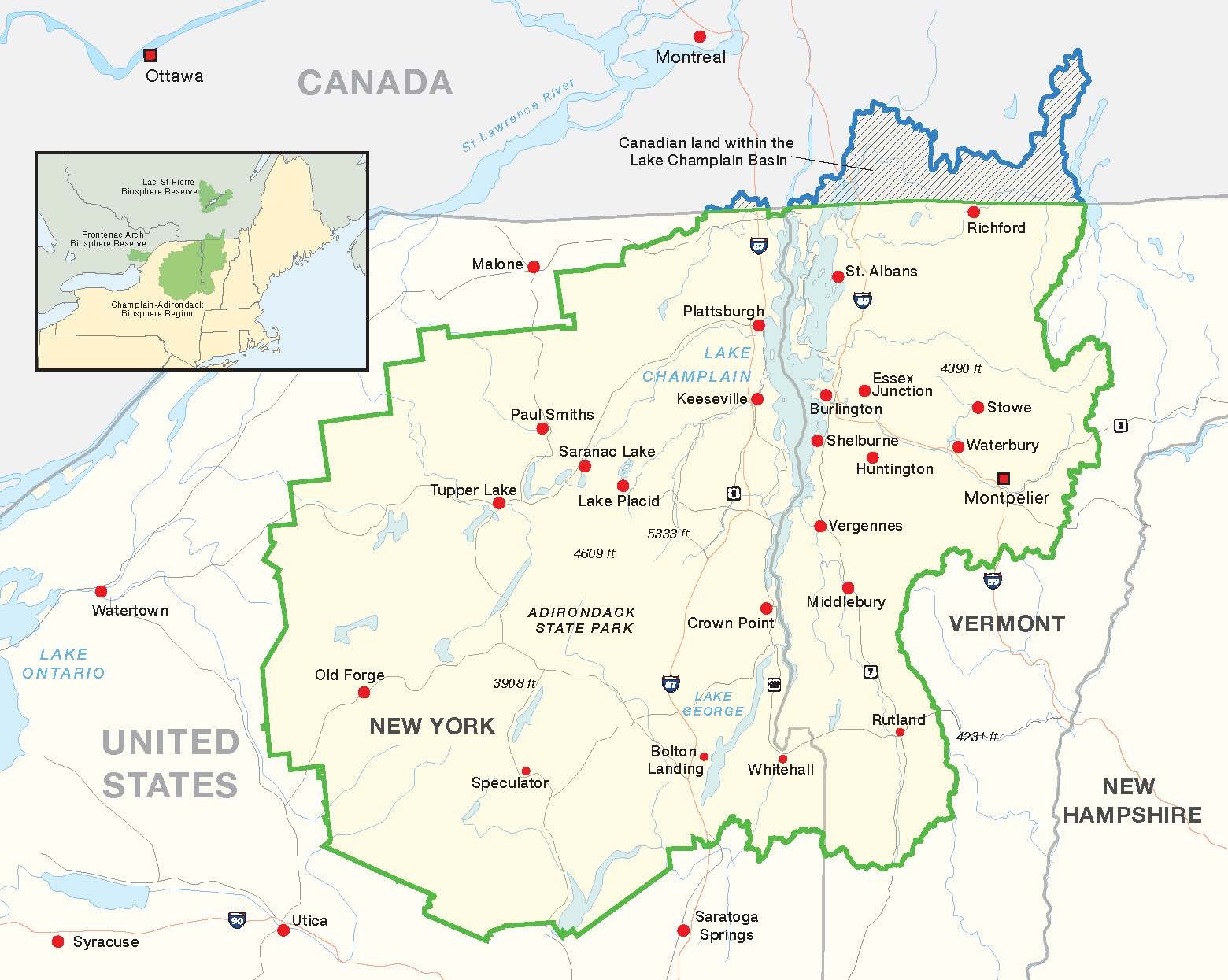
What is a Biosphere?
Biosphere reserves represent the intricate web of life on Earth, encompassing areas where diverse ecosystems thrive, including plant and animal life alongside human communities. Recognizing the importance of these regions, the United Nations Educational, Scientific, and Cultural Organization (UNESCO) has designated numerous biosphere reserves worldwide, each contributing to the understanding of the delicate balance between nature and society.
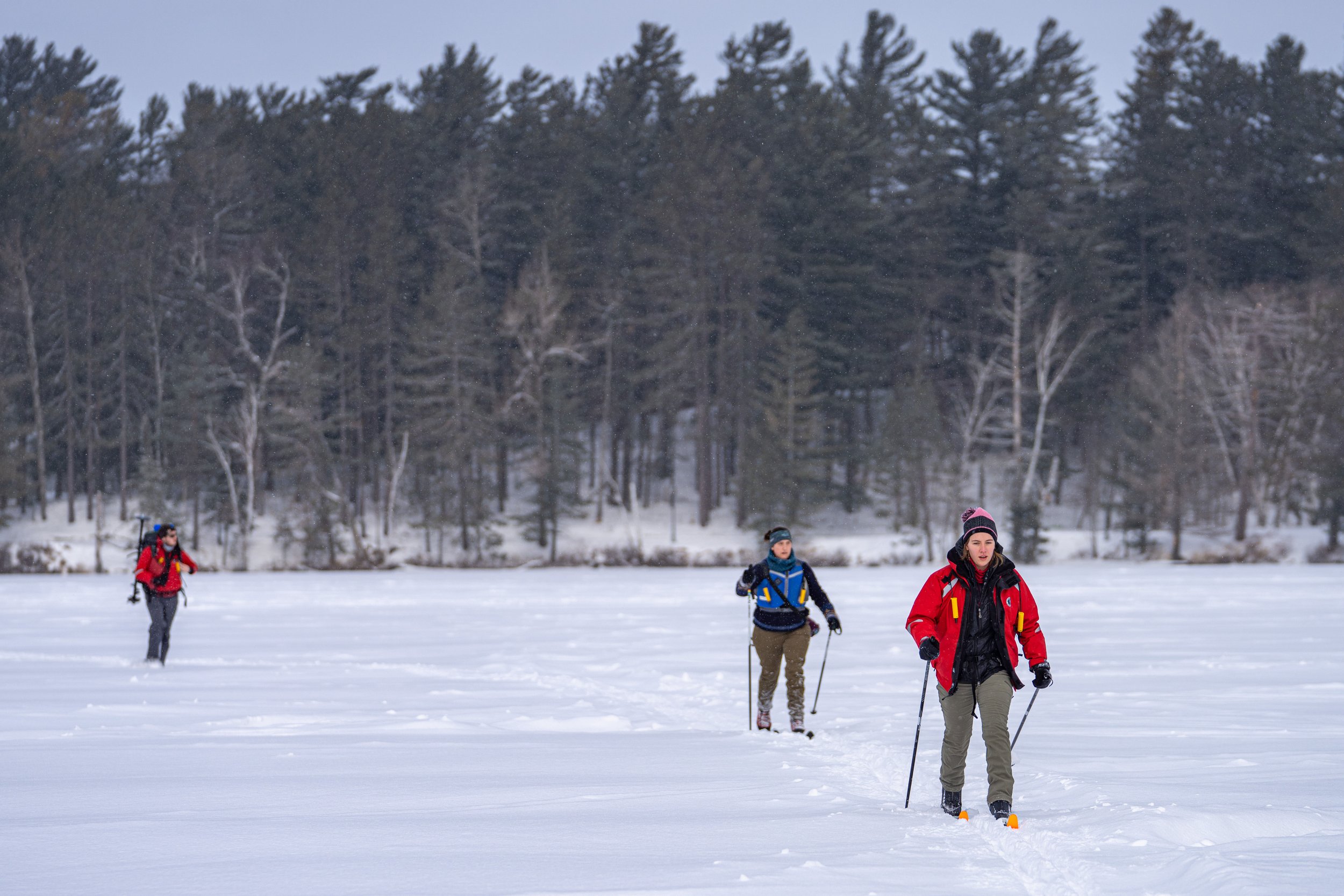
Staying Safe on Adirondack Ice
Engaging in activities on lake ice can create lasting memories and provide immense enjoyment, turning into a rewarding experience when approached with safety as the top priority. Recognizing the importance of safeguarding yourself, your equipment, and others becomes increasingly crucial as our winters undergo transformative changes as a result of climate change.

A Research Tech’s Perspective, Pt.3
Read about the history of some of the lakes we sample and Per Diem Research Technician Bobby Clark’s experiences of sampling for the Adirondack Long Term Monitoring Program. Part 3 of 3

A Research Tech’s Perspective, Pt. 2
The Adirondack Long Term Monitoring (ALTM) Program samples the same 58 bodies of water, 15 of them annually and the other 43 five months of the year: February, April, May, July and September. Read about Per Diem Research Technician Bobby Clark’s experiences of sampling for the Adirondack Long Term Monitoring Program throughout the seasons. Part 2 of 3

A Research Tech’s Perspective, Pt.1
Read about Per Diem Research Technician Bobby Clark’s experiences of sampling for the Adirondack Long Term Monitoring Program. Part 1 of 3

What is Stewardship?
Stewardship recognizes the interconnectedness of our actions and the impact they have on the community and world. It is also important to acknowledge that not everyone has the resources to enact significant changes, however small acts matter and make a difference.

How To Use Camera Traps
Camera trapping involves the use of remotely triggered cameras to capture imagery, usually of wildlife. Cameras – once the old-fashioned film kind, now all digital – are placed in any location where you may wish to learn about what’s happening in your absence.
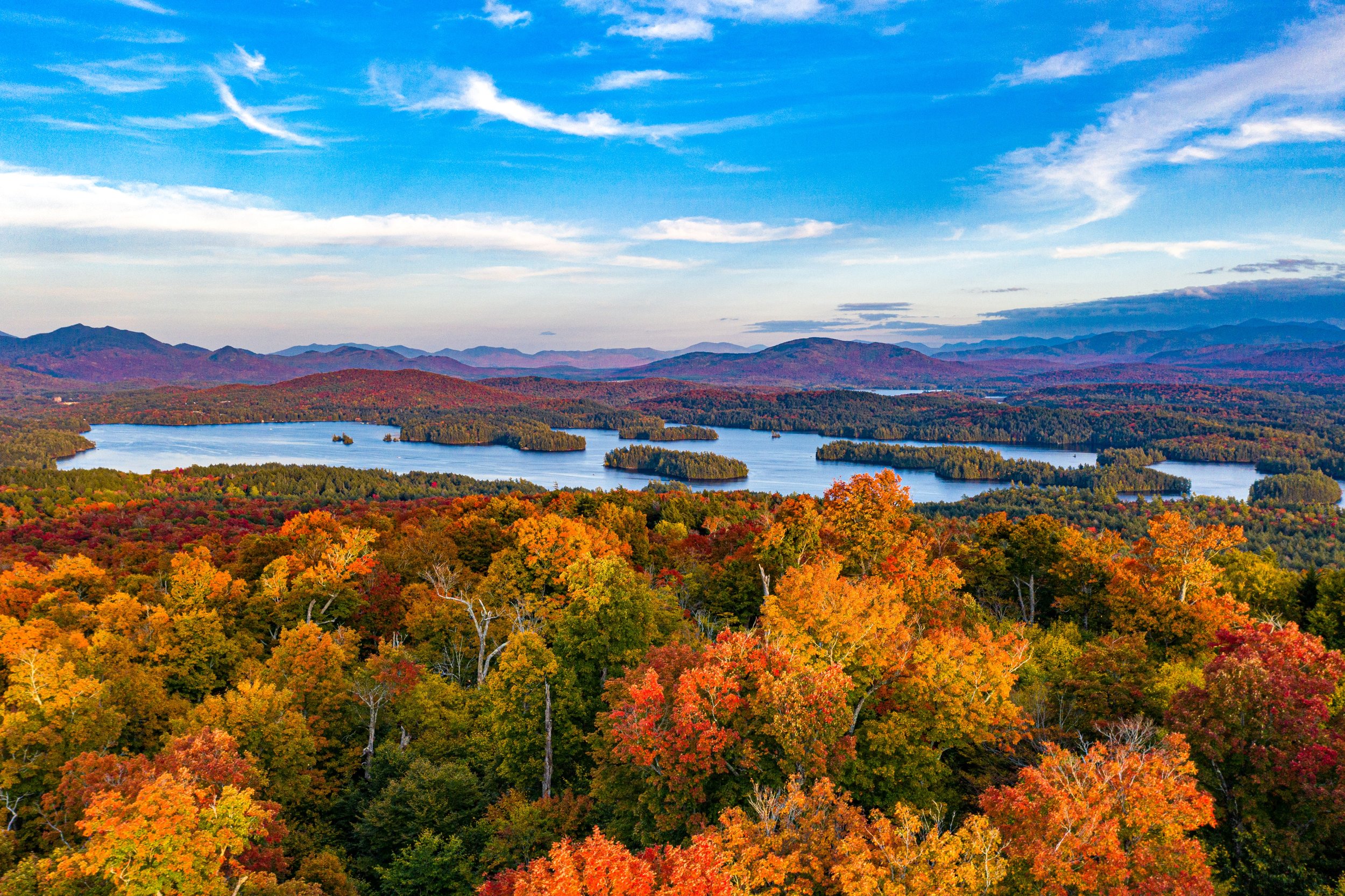
What is Lake Mixing?
Lake mixing also referred to as turnover, occurs when the thermal stratification of a lake breaks down and the water column mixes due to density or wind-driven processes. Before discussing lake mixing, we need to go over thermal stratification. Thermal stratification occurs when a lake has different layers, or strata, of water with different temperatures.
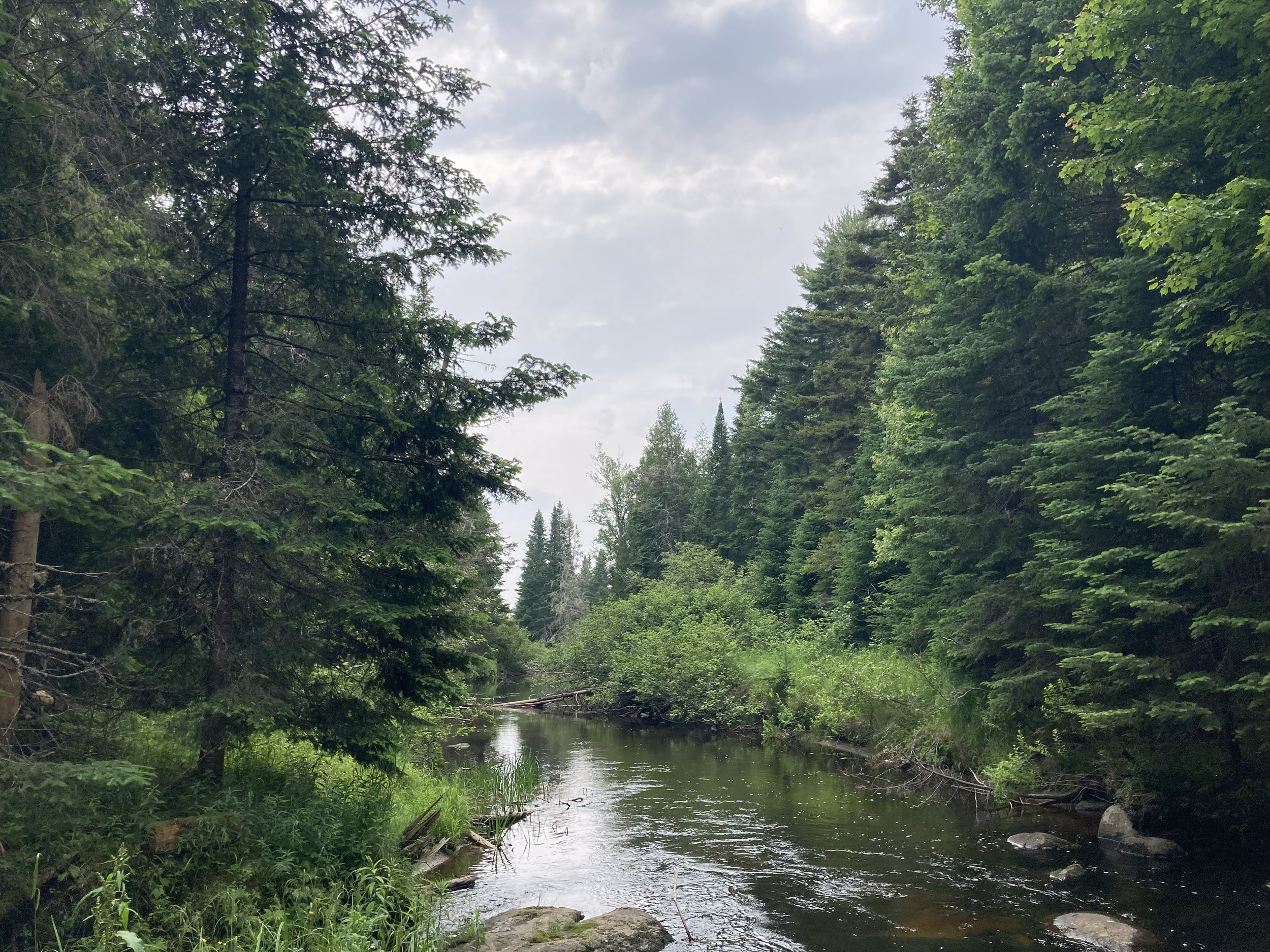
How can I protect my stream?
Healthy rivers and streams are vital to ecosystems and communities alike. They provide habitat for diverse aquatic life, provide freshwater resources, and are sought after for recreational pursuits. In the Adirondacks there are over 30,000 miles of rivers and streams. Many of these rivers and streams are surrounded by forest preserve lands that are forever protected by New York State to retain their wild character and preserve the ecological communities dependent on them.

What is a Rain Garden?
With the heavy rainfall and multiple flood events in the Adirondacks and surrounding areas this spring and summer, you may find yourself thinking about how large volumes of stormwater are managed more than you have in the past. Due to climate change, and because warmer air can hold more moisture, we have experienced more frequent and intense precipitation events in the past 30 to 40 years, and it's likely that this pattern will continue in the years to come.
So, what can you do to help protect yourself, your community, and the waterbodies you reside by? One option is to consider planting a rain garden.
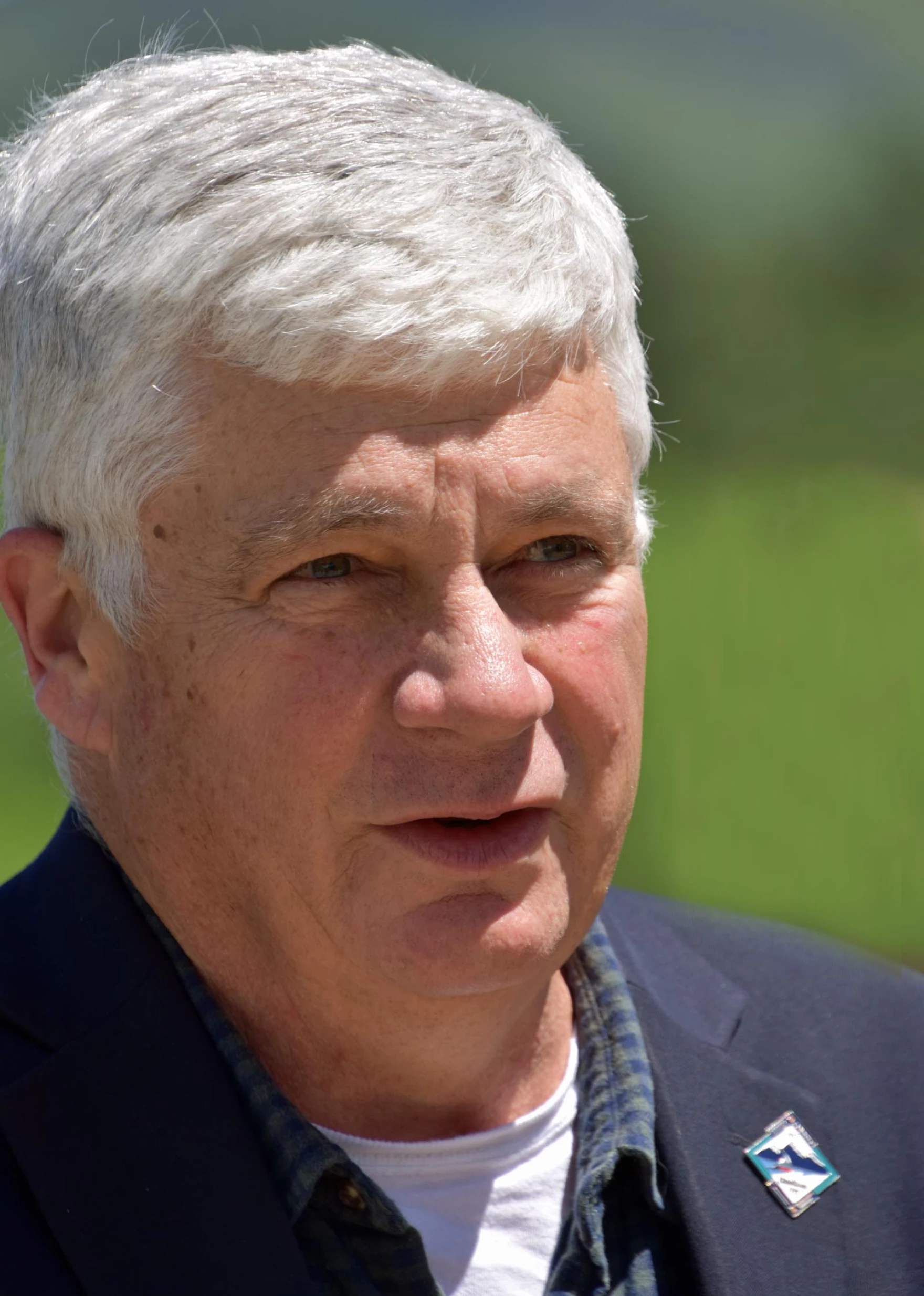
Puddle Jumpers #3- Shaun Gillilland
Our final episode of Puddle Jumpers for Adirondack Water Week brings us to Willsboro, NY where we spoke with Town Supervisor Shaun Gillilland about the dam removal on the Boquet River.
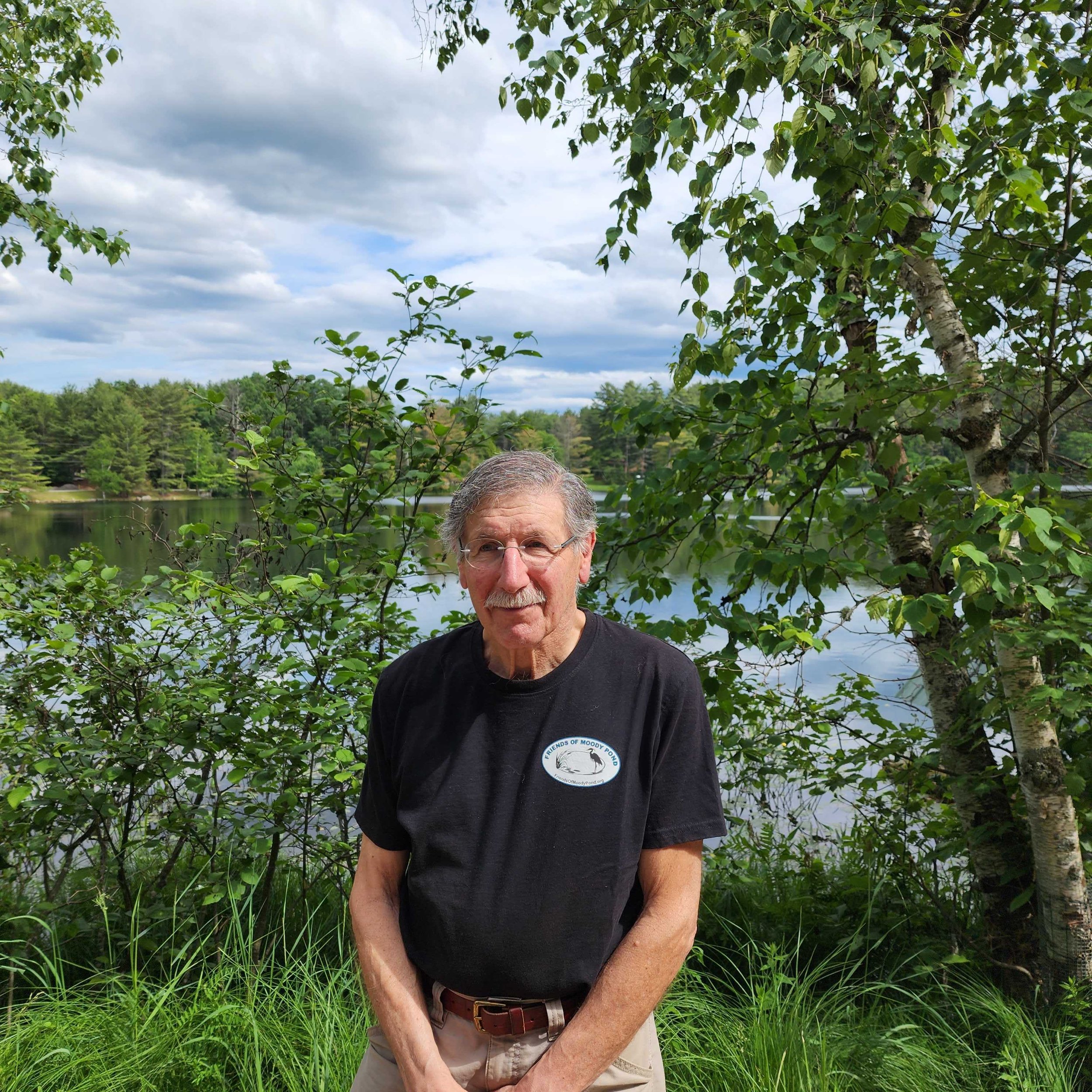
Puddle Jumpers #2- Friends of Moody Pond
This episode, we sat down with Jay Federman, Vice President of Friends of Moody Pond, to discuss the work they have been doing to eradicate milfoil in Moody Pond.
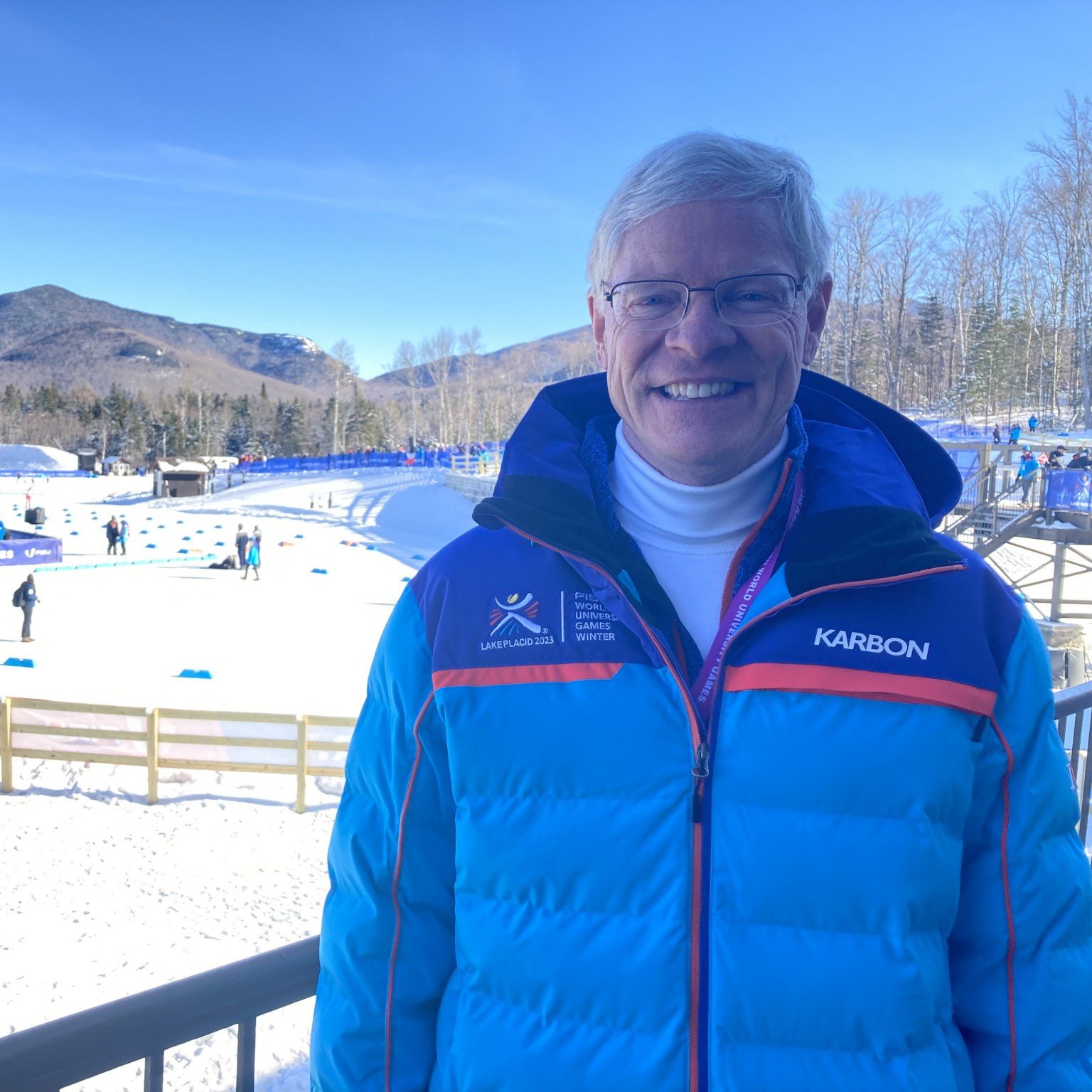
Puddle Jumpers #1- Art Devlin
Puddle Jumpers is a podcast produced by the Adirondack Watershed Institute to highlight communities and community members doing important work in their watershed.
This episode highlights Mayor Art Devlin of Lake Placid and the work that he has been doing with Mirror Lake.

Healthy Hemlocks, Healthy Watersheds
The Eastern hemlock (Tsuga canadensis) is an icon of northern forests. Tsuga canadensis is considered a foundation species and creates many soil and water conditions that are essential for the health of our watersheds. Ranging from Northern Georgia to the Northwoods of Maine, this species of evergreen thrives in moist soils present in much of the Adirondacks.
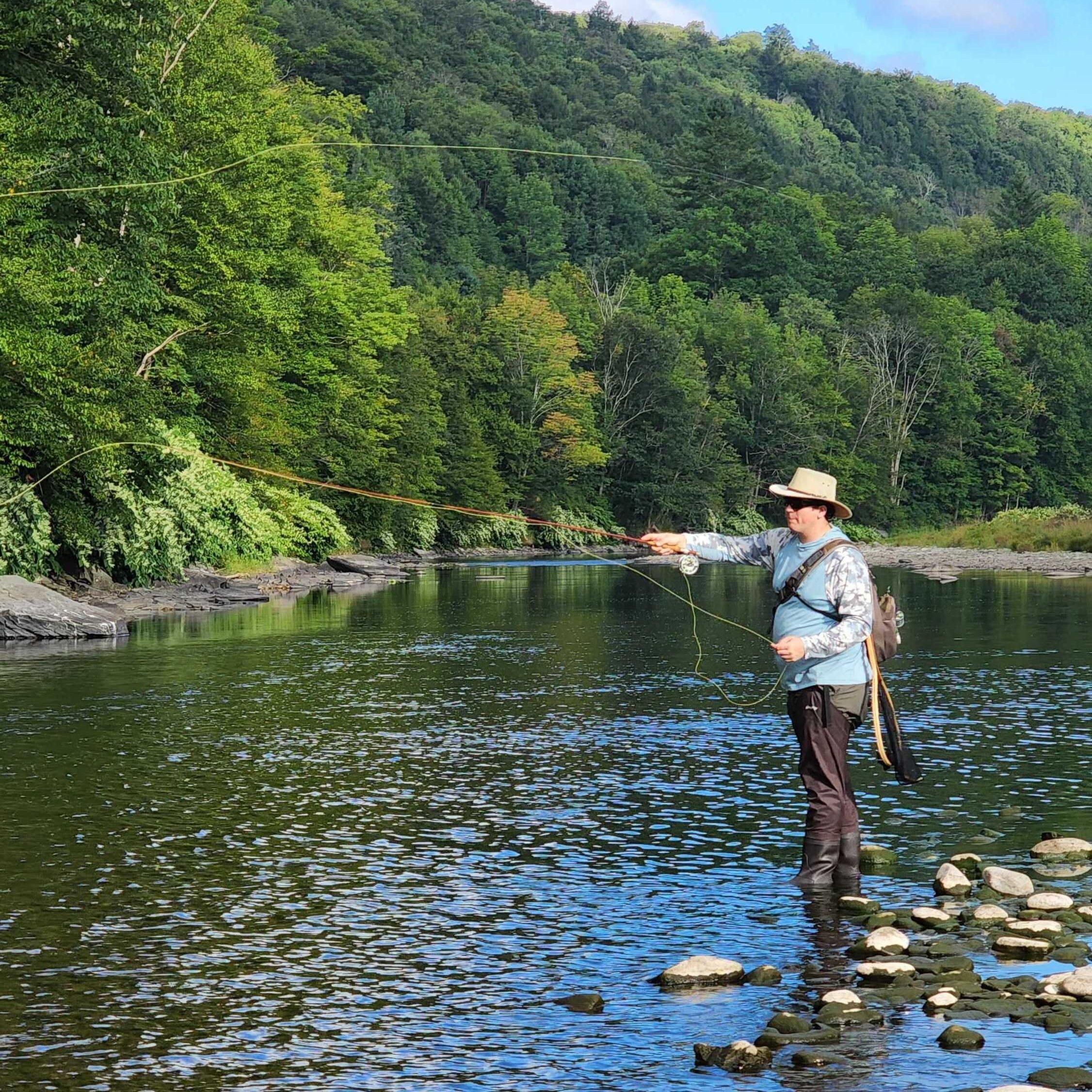
The Science of Fly Fishing
When someone says fly-fishing, one may think of an older man standing in a stream, fishing rod in hand, line stretched out behind him as he begins to cast forward. Others may think of the 1992 film A River Runs Through It, starring a young Brad Pitt, and the stir the movie caused in the fly-fishing world. For Jesse Rock, fly-fishing is about sharing the streams and love of the sport with students while teaching them about the ecology of the waters.
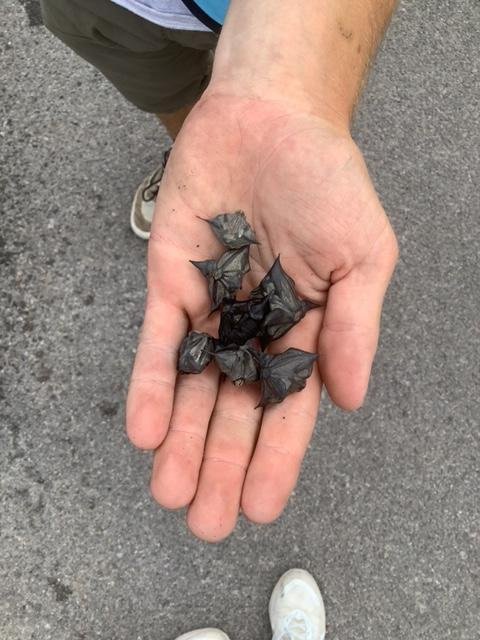
Can you eat invasive species?
One of the most impactful things you can do is to check your watercrafts for any lingering invasives and remove them before you head to the next lake or pond. Once you remove them, then what? Well, some may be asking, can you eat an invasive?
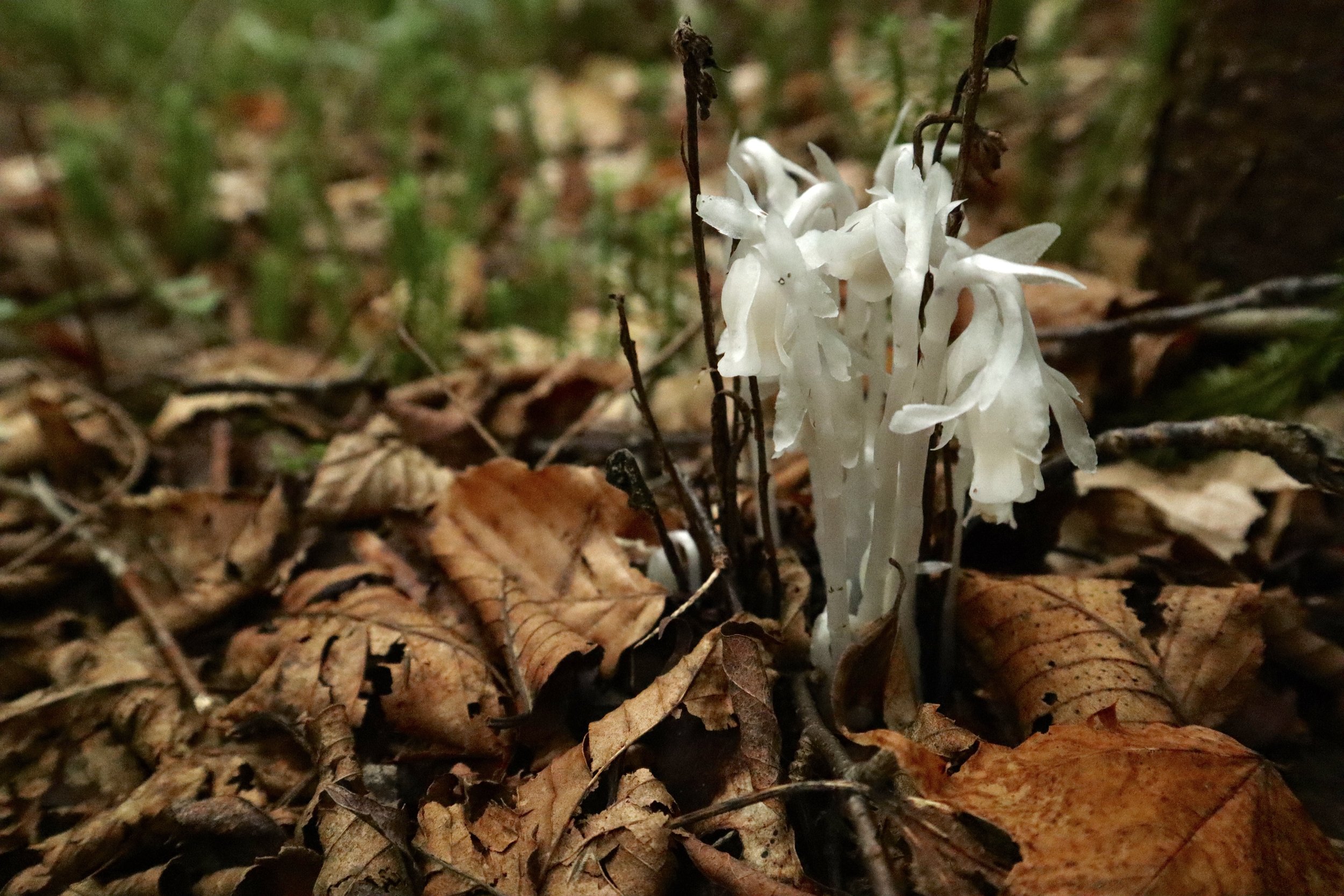
What are those wildflowers?
Wildflowers can be a great introduction to understanding complex relationships in the natural world. In the Adirondacks, the bloom of the Painted Trillium (Trillium undulatum) or Bunchberry (Cornus canadensis) is often noted as the true arrival of spring.

Earth Day: A Time to Reflect and Look Ahead
For many of us, it’s hard to imagine a time when the environmental protections of the Clean Water Act, the Clean Air Act and the Endangered Species Act were not present, however prior to 1970 this was the case.

Zebra mussels: filter feeding foes
Our Stewardship team is dedicated to preventing the spread of aquatic invasive species in Adirondack waters. We accomplish this through a combination of boat inspections, free boat wash stations, and public education. The Adirondacks are home to more than 3,000 lakes and ponds, with roughly 25% of those waterbodies having at least one aquatic invasive species present.
